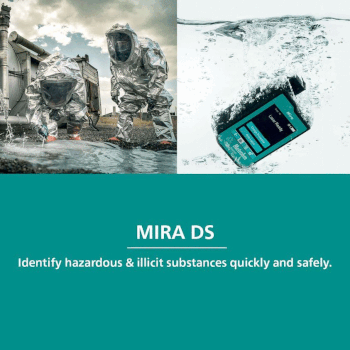Miniaturized Amperometric Detectors for HPLC and Capillary Zone Electrophoresis
Abstract
This study was devoted to the characterization and use of two types of laboratory-made miniaturized amperometric detectors. First, an amperometric microcylindrical detector (μCD) for HPLC is described. It is based on a microwire working electrode placed across the flow of mobile phase in Teflon tubing connected directly to the column outlet. The Pt- CD was employed for the detection of selected hydroxy and amino derivatives of naphthalene. The repeatability of the detector response is satisfactory (< 1 %) in the concentration range 2·10-7 6·10-5 mol L-1 and detection limits achieved were 7.8·10-8 mol L-1, 1.1·10-7 mol L-1, 2.5·10-7 mol L-1 and 2,8·10-7 mol L-1 for 1-naphthylamine, 2-naphthylamine, 1-naphthol, and 2-naphthol, respectively. The Cu- CD was used as a selective detector for the HPLC analysis of selected amino acids, based on their complexation reaction with Cu2+ from Cu microwire electrode. Due to a different electron transfer principle, the detector shows a higher background current and noise than Pt- CD; nevertheless, it enables the detection of amino acids with limits of detection in the range 1.4·10-6 mol L-1 (histidine) to 1.2·10-5 mol L-1 (tryptophan). Second, an amperometric detector with boron-doped diamond microelectrode connected to capillary zone electrophoresis was employed for the detection of 2-naphthylamine, 1-naphthol and 2-naphthol in column. The microelectrode was fabricated by coating electrochemically sharpened platinum wires with thin films of polycrystalline boron-doped diamond. The calculated electrode areas were (1.5-4.5)·10-2 mm2. The diamond microelectrodes exhibited good electroanalytical performance with a low peak-to-peak noise ~1 pA, low and stable background current and repeatable responses for studied analytes. Limits of detection for 1- and 2-naphthol were established as 9.5·10-8 mol L-1 and 9.0·10-8 mol L-1, respectively. Stable response of all the working electrodes described and their small dimensions are promising for their possible use in micro-HPLC or capillary electrophoresis in microchip format.Downloads
Published
2006-03-15
How to Cite
Pecková, K., Mocko, V., Opekar, F., Swain, G. M., Zima, J., & Barek, J. (2006). Miniaturized Amperometric Detectors for HPLC and Capillary Zone Electrophoresis. Chemické Listy, 100(2). Retrieved from http://www-.chemicke-listy.cz/ojs3/index.php/chemicke-listy/article/view/1952
Issue
Section
Articles




